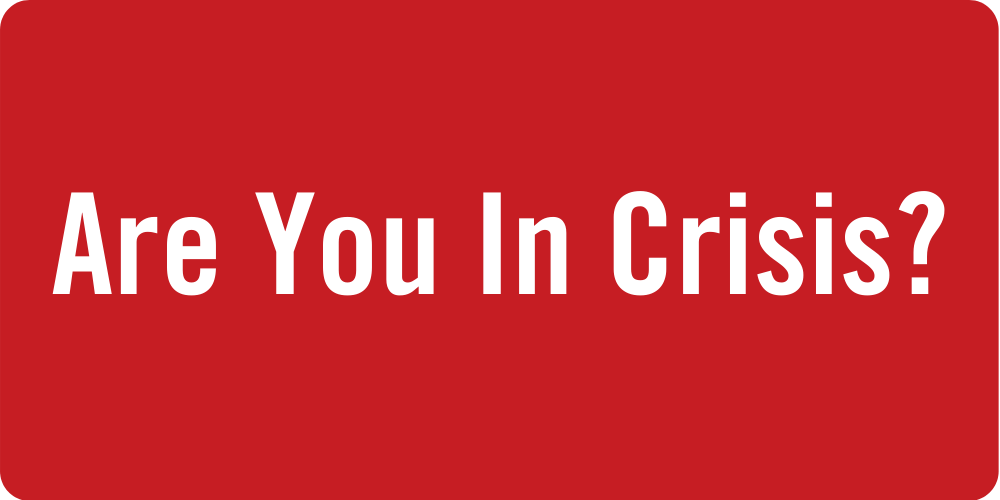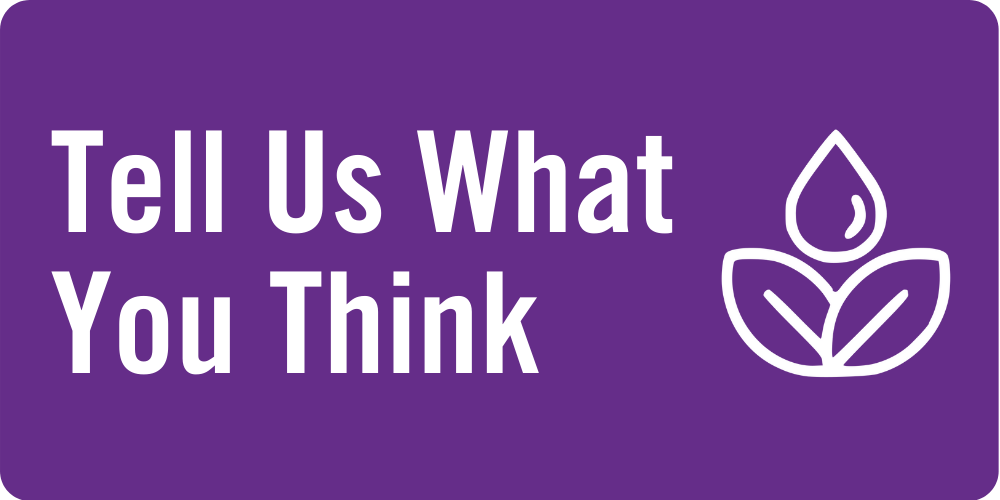Nutrition and Eating
Students not only have to deal with adjusting to high-level coursework, social changes, and living away from home, but also health-inhibiting factors like tight budgets, busy schedules, and figuring out how to eat well without parental guidance.
The stress response is your body’s signal to adapt to changes in the environment. Everyone reacts differently to stress, but many people find comfort in food, which may lead to overeating or choosing less nutritious foods. What you eat can affect your mood and how you perform academically and nutrition can play a powerful role in your physical and mental health.
| Canada's Food Guide |
In 2019, Health Canada released a brand new food guide. There's no longer an emphasis on food groups and recommended servings. Instead, the new recommendations include eating plenty of vegetables and fruits, whole grain foods and protein foods, and choosing protein foods that come from plants more often. The guide was prepared using high-quality scientific reports on food and health, excluding industry-commissioned reports given the potential for conflicts of interest. The Food Guide might not be perfect for everyone and might be difficult to adhere to if you are following a traditional diet or are facing food insecurity. The National Indigenous Diabetes Association (NIDA) has created a an Indigenous Food Guide, which consists of commonly consumed traditional foods (plants/animals). If you are facing food insecurity make use of the budgeting tips and food access resources provided on this page or visit the LUSU Food Support page to see what programming and supports are available to you. |
| Disordered Eating |
Disordered eating is a phrase used to describe eating behaviours that are considered atypical. When looking at eating habits on a spectrum, disordered eating falls between typical eating patterns and diagnosed eating disorders. Not all individuals with disordered eating habits will be diagnosed for a particular eating disorder due to the very specific criteria that is required to be met in order for a diagnosis. Disordered eating habits and eating disorders differ in terms of diagnosis. Individuals with eating disorders have received a diagnosis as their symptoms match the specific criteria, while the habits of those with disordered eating habits do not align with the narrow diagnostic requirements as they occur less frequently or with a reduced level of intensity. Symptoms of Disordered Eating Habits The symptoms of disordered eating habits can vary, but tend to include:
Dangers of Disordered Eating Habits The risks associated with engaging in disordered eating habits pose significant risks, as individuals may experience the following:
Looking to Make a Change? NEDIC Helpline and Live Chat- Eating and Body Image Support NEDIC- Disordered Eating and Eating Disorders NEDIC- Screen for Disordered Eating CCI- Normal Eating vs. Disordered Eating |
| Eating on A Budget |
It IS possible to eat nutritiously without emptying your bank account. Try some of these tips on your next grocery shop. Plan AheadDon’t let your mood dictate your groceries for the week- take the time to plan your meals for the week and write a list based on that. Try to make use of ingredients in several different meals. You can also try meal prepping or batch cooking so that nothing goes to waste, having a meal ready also curbs the desire to order in on busy days. Take Advantage of Student Discount DaysSome grocery stores or restaurants have dedicated discount days- if you can make it work with your schedule plan your shopping on those days. Thunder BayBulk Barn: Bulk Barn offers a 10% discount on Wednesdays with a valid student ID (source). Metro Grandview mall: Get 10 percent off your groceries every Tuesday with your student card. OrilliaBulk Barn: Bulk Barn offers a 10% discount on Wednesdays with a valid student ID (source). Grocery Store Loyalty ProgramsIf you hit up the same grocery store week after week, take advantage of any loyalty or points programs they have. These programs are almost always free and allow you to accumulate points that can be redeemed for discounts. Some programs also offer personalized coupons and discounts to loyalty members. AppsAs always, there is an app for everything- including grocery discounts- these are the ones we recommend.
Student Discount CardsThe requirements for student discounts vary- some only need to see your Lakehead ID but others require a specific membership program. Some cost money to sign up so read through their partnerships to see if it is worthwhile. Food isn't the only thing that can get expensive and a lot of companies offer student discounts, check out a complete list of Student Deals at https://dealhack.ca/blog/canadian-student-discounts |
| Food Security Resources |
In a recent survey of Canadian post-secondary students, two in five students surveyed experienced some level of food insecurity. There are supports on and off-campus that students can utilize to access food at no or little cost. Thunder BayCheck out the Thunder Bay District Health Unit's complete list of where to get food in Thunder Bay. OrilliaThe Salvation Army, Community and Family Services, Food Bank Check out Sustainable Orillia's Food Map for more resources in the are. |
| Grocery Stores |
Thunder Bay Note: Many grocery stores carry Halal options but Superstore and Walmart Memorial have the largest selection Orillia |
| Recipes |
| Resources |
| Nutrition Trackers |



